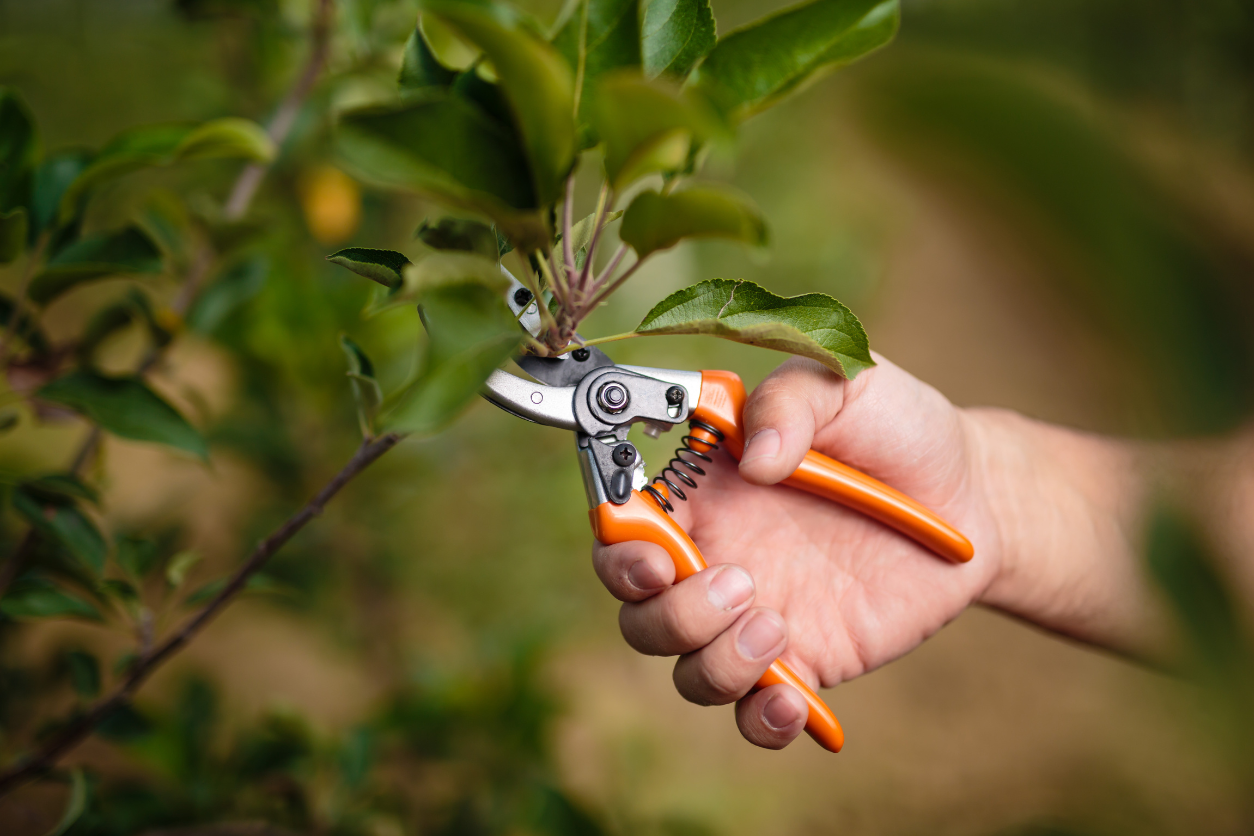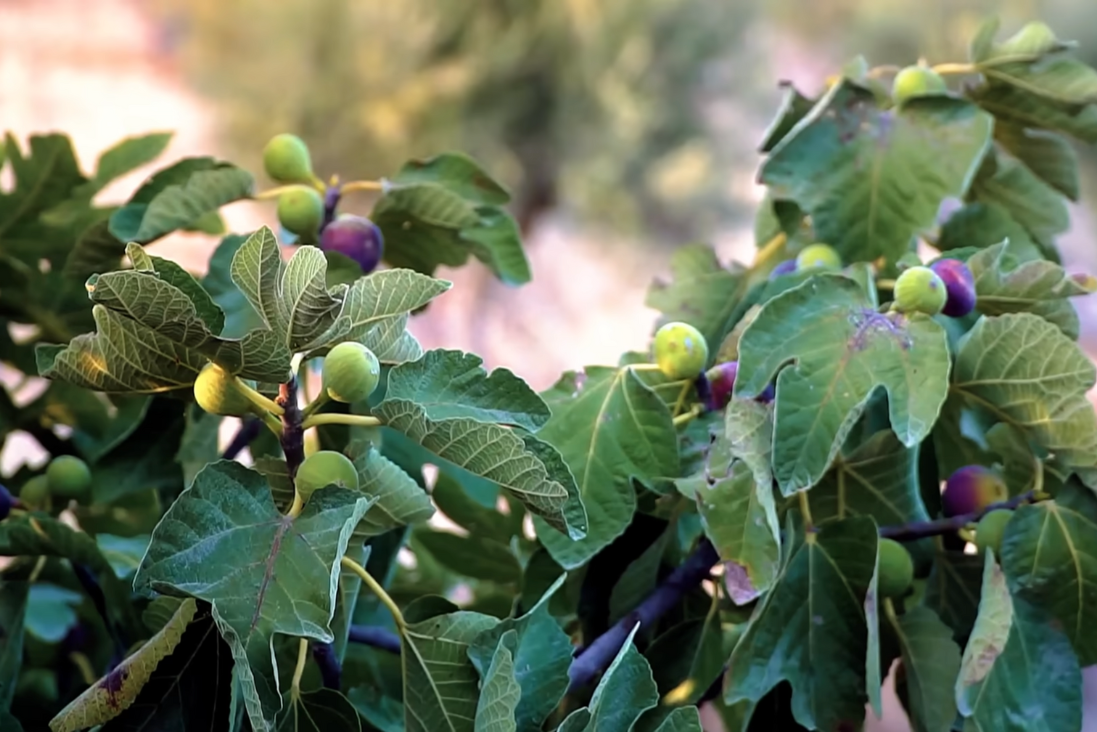What is Pruning and How to Do It Correctly

Pruning is one of those gardening practices that might seem a bit intimidating at first, but it’s also incredibly rewarding. Whether you’re nurturing a vibrant rose bush or trying to coax your tomato plants into producing a bountiful harvest, understanding how and when to prune can make all the difference. So, let’s explore what pruning is, and I’ll guide you through the ins and outs of pruning various plants—from roses to peach trees—with all the nuance and care these beautiful plants deserve.
What is Pruning?
Pruning, in its simplest form, is the practice of selectively removing parts of a plant, such as branches, buds, or roots, to improve the plant’s overall health, control its growth, or enhance its flowering and fruiting. It’s kind of like giving your plants a good haircut but with more impact. By carefully cutting away dead or overgrown parts, you’re not only shaping the plant but also promoting better air circulation, more sunlight penetration, and, ultimately, a healthier, more productive garden.
Understanding the concept of pruning is one thing, but knowing how to apply it to different plants is where the magic happens. Different plants have different needs, and what works for a rose bush might not be the best approach for a fig tree. Let’s explore specific pruning techniques for different plants you might have in your garden.
Related: What to Plant in Fall?
How to Prune Roses

Roses are often the stars of the garden, with their stunning blooms and rich fragrances. But to keep them in top shape, regular pruning is essential.
Start by cutting away any dead or diseased branches. This helps prevent the spread of disease and gives the plant more energy to direct toward healthy growth.
Next, focus on shaping your rose bush. The goal is to open up the center to improve air circulation, which helps prevent fungal diseases. Cut back any branches that cross over each other or grow towards the center of the plant.
When making your cuts, always prune to just above an outward-facing bud. This encourages the new growth to develop outward, creating a more open and attractive shape.
The best time to prune most roses is in late winter or early spring when the plants are still dormant, but the threat of a hard frost has passed.
How to Prune Tomato Plants

Tomatoes are a staple in many gardens, and proper pruning can lead to more and better-quality fruit.
Tomato plants often develop suckers, which are small shoots that grow in the joint between a branch and the stem. For indeterminate varieties, it’s usually a good idea to remove these suckers to encourage the plant to focus on producing fruit instead of more foliage.
As your tomato plants grow taller, remove the lower leaves that are close to the ground. This reduces the risk of soil-borne diseases and improves air circulation around the plant.
If you’re nearing the end of the growing season and want to ripen the last of your tomatoes, you can “top” the plant by cutting off the main growing tip. This forces the plant to direct all its energy into ripening the existing fruit.
How to Prune Apple Trees

The best time to prune apple trees is in the late winter when the tree is dormant. This is when the tree is least likely to suffer from pruning shock, and it’s easier to see the structure of the tree without leaves in the way.
Always start by cutting out any branches that are dead, diseased, or damaged. These can be entry points for pests and diseases, so it’s important to remove them.
Apple trees need good airflow and light penetration to produce healthy fruit. Remove any branches that cross each other or that grow inward toward the center of the tree. This helps to open up the canopy and allows light to reach all parts of the tree.
Unlike peach trees, apple trees are often pruned to maintain a central leader—a main vertical branch with smaller branches radiating out from it. This structure supports the tree and allows it to bear the weight of its fruit more effectively.
How to Prune Basil

Basil is a beloved herb in many kitchens, and regular pruning can keep it producing fresh leaves all season long. Begin pruning your basil when the plant is still young. This encourages it to grow into a bushier, more productive plant.
Whenever your basil plant starts to grow too tall or begins to flower, pinch back the stems just above a pair of leaves. This prevents the plant from going to seed and encourages it to produce more leaves.
Pruning basil is as simple as harvesting. The more you pick, the more it will grow, so don’t be shy about cutting back your basil plants frequently.
How to Prune Lavender

Lavender is a lovely addition to any garden, but without regular pruning, it can become woody and less productive.
The best time to prune lavender is immediately after it finishes blooming. This encourages the plant to put its energy into new growth rather than seed production.
Lavender doesn’t regenerate well from old wood, so be careful not to cut too far back. Aim to remove about a third of the plant, focusing on the newer, green growth.
Prune your lavender into a rounded mound to help it maintain a compact, attractive shape.
How and When to Prune Hydrangeas

Hydrangeas can be a bit tricky because the timing and method of pruning depend on the type of hydrangea you have.
Before you start pruning, it’s crucial to know what type of hydrangea you have. For example, bigleaf hydrangeas (Hydrangea macrophylla) bloom on old wood, so they should be pruned right after they finish flowering. On the other hand, panicle hydrangeas (Hydrangea paniculata) bloom on new wood and can be pruned in late winter or early spring.
Regardless of the type, start by removing any dead, diseased, or weak stems. This helps to keep the plant healthy and encourages stronger growth.
For old wood bloomers, trim back the flowered stems to just above a pair of healthy buds. For new wood bloomers, cut back the stems by about a third to encourage vigorous growth and more blooms.
How to Prune Crepe Myrtle

Crepe myrtles are known for their stunning summer blooms, and proper pruning can enhance their natural beauty.
The best time to prune crepe myrtles is in late winter when the plant is dormant. This helps to shape the plant and promote more blooms in the summer.
One of the most common mistakes with crepe myrtles is topping, which involves cutting off the tops of the branches. This results in unattractive growth and weaker stems. Instead, focus on removing any suckers, dead wood, and branches that cross or rub against each other.
To improve air circulation and reduce the risk of disease, thin out the branches by cutting back some of the smaller, weaker stems.
How to Prune a Fig Tree

Figs are delicious and rewarding to grow, but they require some careful pruning to ensure a good harvest.
Like most fruit trees, fig trees should be pruned in late winter while they are dormant. This reduces the risk of shock and allows you to see the structure of the tree more clearly.
Fig trees can grow quite large, so pruning is important to keep them at a manageable size. Cut back any branches that are growing too tall or too wide, and remove any that are crossing or rubbing against each other.
Figs produce fruit on new wood, so it’s important to encourage the growth of new branches. Cut back some of the older branches to stimulate the production of new growth.
How to Prune a Peach Tree

Peach trees are a bit different from other fruit trees in that they produce fruit on one-year-old wood. This means that you need to prune them more aggressively to encourage the production of new fruiting wood.
As with most fruit trees, the best time to prune peach trees is in late winter when the tree is dormant. Peach trees are typically pruned to maintain an open center, which allows sunlight to reach all parts of the tree and promotes better fruiting. Remove any branches that are growing inward toward the center of the tree.
Since peaches produce fruit on new wood, you’ll want to remove some of the older branches each year to encourage the growth of new shoots. After your peach tree has finished blooming and the fruit has set, you may need to thin out some of the fruit to prevent the branches from becoming overloaded and breaking. This also helps to ensure that the remaining fruit is larger and of better quality.